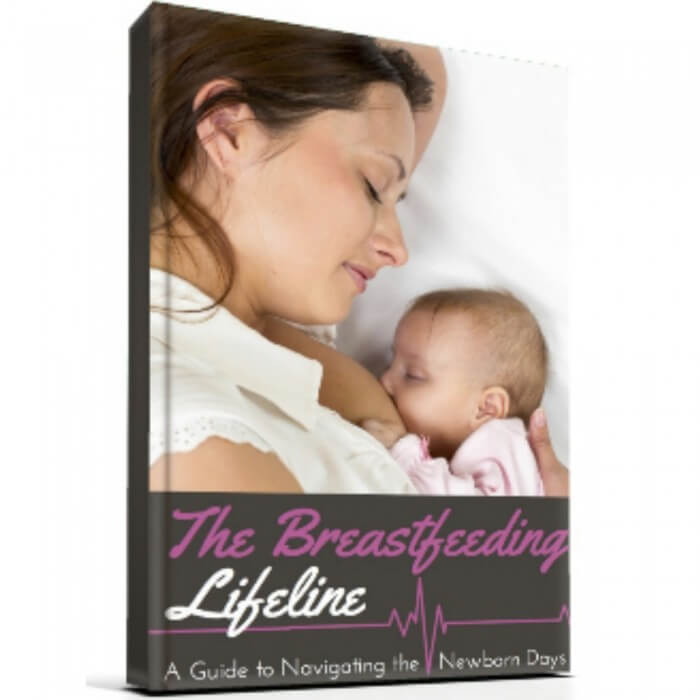 Sometimes you discover something in the natural world that is so special, so perfectly orchestrated, so amazingly complex as to cause one to wonder at the Creator who designed it all–the metamorphoses of the caterpillar into a butterfly, the earth’s tilt, turning, and perfect distance from the sun, the wonder of the science behind the functioning human eye. The breastfeeding crawl is another one of these wonders.
Sometimes you discover something in the natural world that is so special, so perfectly orchestrated, so amazingly complex as to cause one to wonder at the Creator who designed it all–the metamorphoses of the caterpillar into a butterfly, the earth’s tilt, turning, and perfect distance from the sun, the wonder of the science behind the functioning human eye. The breastfeeding crawl is another one of these wonders.
Ever heard of it?
Well, I hadn’t either until my doula mentioned it to me in a prenatal visit. “Look it up on YouTube,” she said to me. So, I did. Watching it was very cool, but understanding what all was taking place in the perfect orchestration between the mother’s body and the baby’s body was even more amazing.
So, what is the breastfeeding crawl (sometimes called breast crawl or even newborn crawl)? It’s a newborn baby’s successful attempts to lurch and scooch up it’s mother’s body, rooting around until it finds the breast and latches–without assistance! In order for this breastfeeding crawl to happen, it is important that the birth was natural. As you will see as you read on, drugs and other interventions hinder or even prohibit this process. Let me briefly highlight some of the physiological things taking place in the mother and baby to bring about the breastfeeding crawl.
Olfactory (sense of smell) Component
Immediately after being birthed, the baby is taken and wiped clean–but not washed with water or soap. Once the baby has cried, he/she reaches a post-birth “quiet alert” stage. This is when the baby can be placed–naked–on the mother’s chest (somewhere between her breasts) or sometimes even on her abdomen. This skin-to-skin contact will keep the baby warm and as the baby moves around, it will smell the scent of it’s mother’s breast. I know it sounds like science-fiction, but the mother’s milk actually has a scent similar to that of the amniotic fluid the baby was swimming in just minutes before. As the baby shifts and roots, it will probably find it’s hands, which are also covered in the scent of amniotic fluid, further triggering it’s instinct to find the breast.
Visual Component
Much has been said about how a newborn cannot see very far and only sees in black and white, which makes it all the more beautiful that God created all women with nipples and areola darker than that of their natural skin pigment–this is true for women of all races. Lying close to mother’s breast, the baby can see the areola like a target pointing to dinner!
Touch Component
Warm on it’s mother skin, the baby’s nearness causes oxytocin release in the mother. This hormone allows her to feel peaceful, happy, and assists in bonding with the baby. It also stimulates milk let-down and uterine contractions (necessary to expel the placenta and prevent hemorrhaging). The baby is also more likely to be happy and content while close to the mother, warm, listening to her voice, and smelling her scent.
Meanwhile, the baby begins to kick and push its legs against the mother. This serves to propel the baby toward the breast, simultaneously pushing against the mother’s abdomen and helping to cause contractions necessary to expel the placenta and to prevent hemorrhaging. The baby also begins to make “push-up” like movements and sometimes even grasping movements with it’s fingers. This pressing and grasping on or near mother’s breasts elongates her nipples, stimulates milk production and release.
Success!
Somewhere around 30 minutes after birth, the baby begins to salivate and may suck on its hands or root as it searches for the breast. Most babies will find the breast and eventually latch on, most commonly around 45 minutes to an hour postpartum, not coincidentally, at the baby’s peak desire to root (see what I mean? This stuff doesn’t happen by chance!).
If you would like to attempt the breastfeeding crawl with your next baby, it is recommended that you avoid induction/augmentation, pain medication/epidural, and medicalized interventions (like forceps or vacuum extraction, or c-section) as these can interfere with the delicate balance of bodily processes in both the mother and the baby which allow the breastfeeding crawl to take place. Obviously, there are circumstances when interventions are necessary and even life-saving. However, for the majority of low-risk births, the breastfeeding crawl can be a great start to a successful breastfeeding relationship between mother and child.






[…] Oxytocin causes uterine contractions, both during and after labor. During labor it helps to contract the cervix for birth, and after it prevents uterine hemorrhage. It also helps you fall in love with your baby as you set eyes on him for the first time! […]